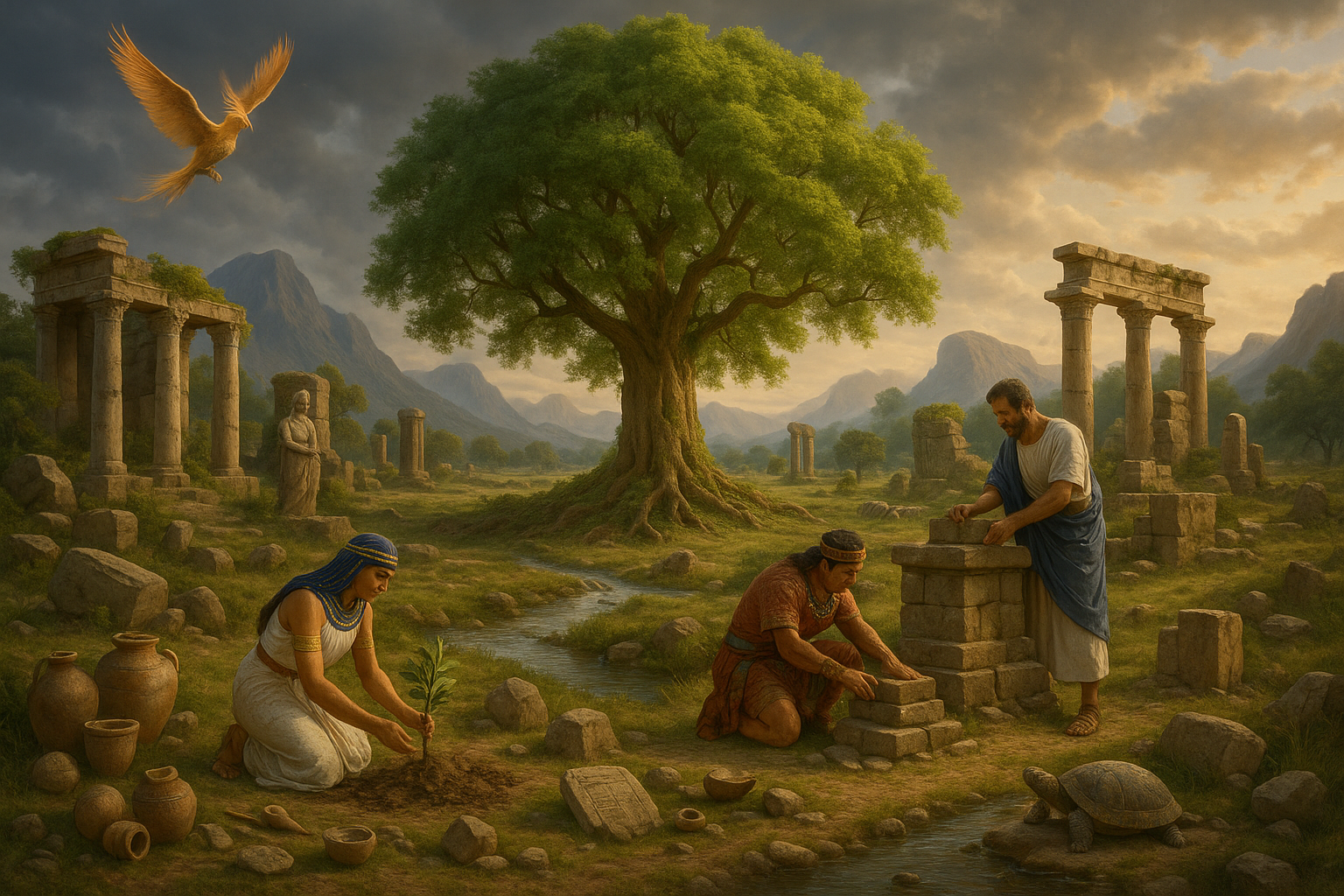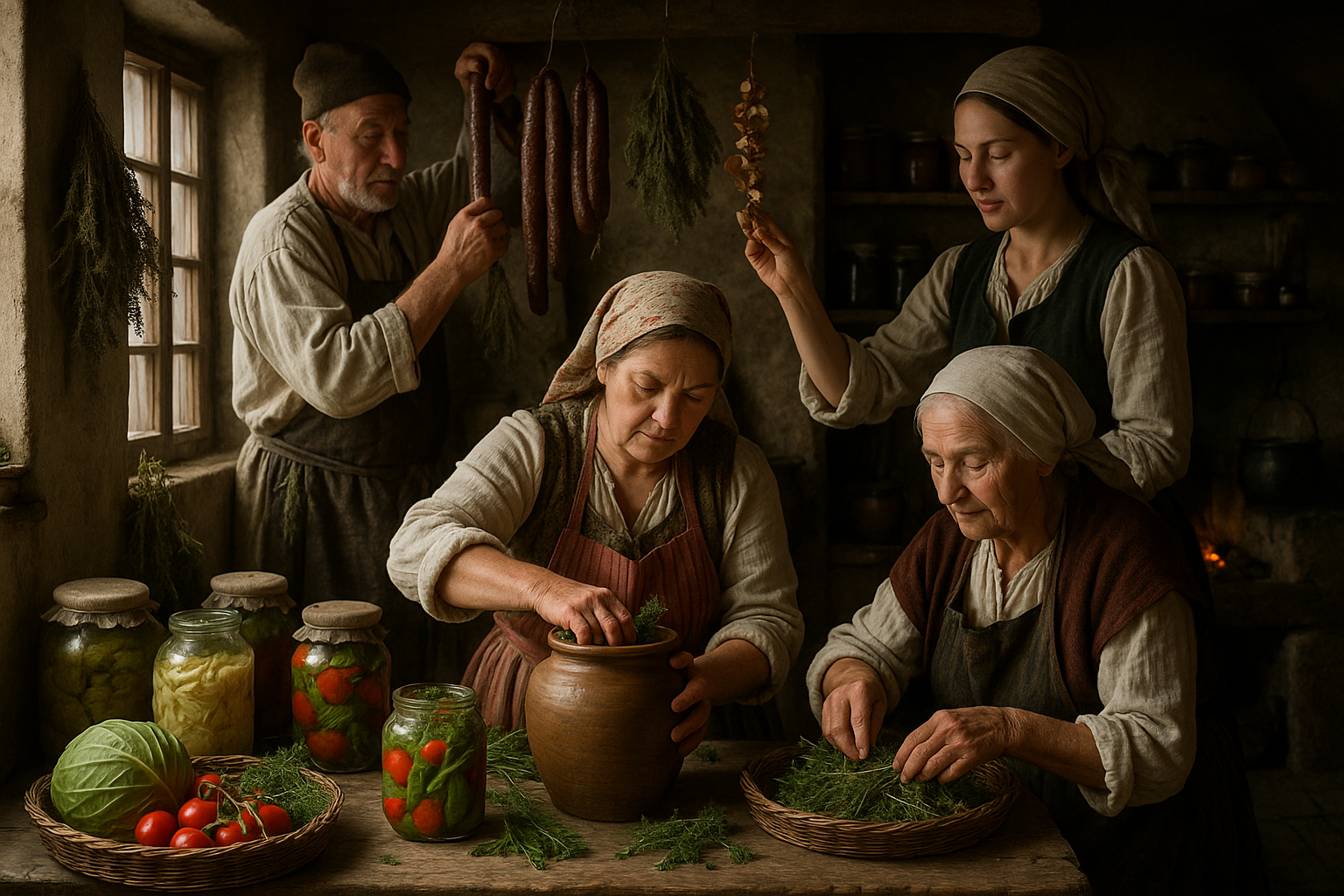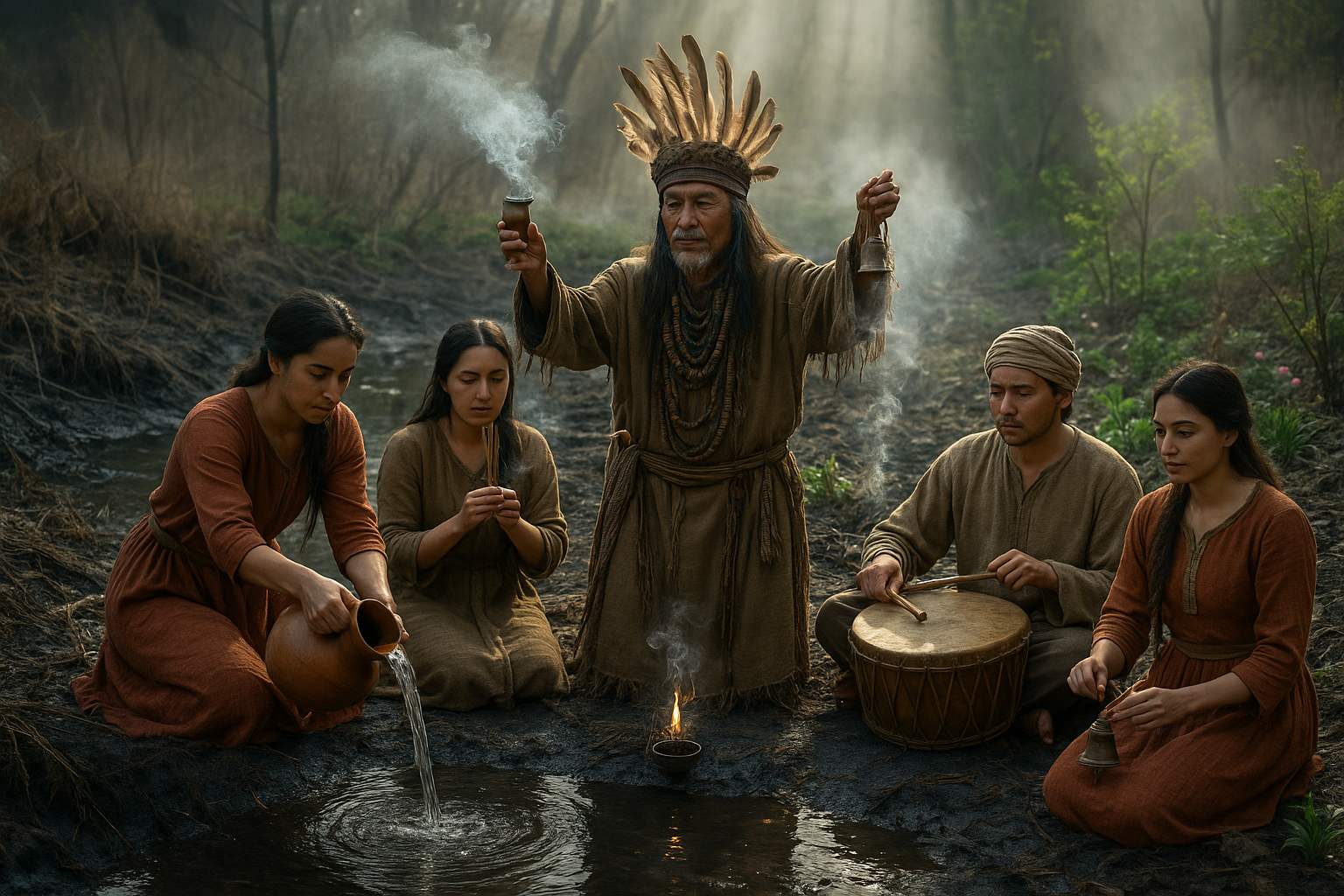Throughout history, humans have been captivated by tales of destruction and renewal. These narratives, often encapsulated in myths from ancient cultures, serve as profound reflections on the cyclical nature of existence. As we delve into these stories, we uncover not only the fears and hopes of past civilizations but also timeless truths that continue to resonate in our modern lives. 🌱🔥
Myths of destruction and renewal are as diverse as the cultures that birthed them, yet they all share a common thread: the eternal cycle of endings and new beginnings. From the ashes of devastation, life emerges anew, stronger and wiser. This theme, universal and eternal, is a testament to the resilience of life and the inevitability of change.
Consider, for instance, the rich tapestry of Norse mythology. Ragnarok, the cataclysmic destruction foretold in their legends, is not just an end but a precursor to rebirth. Following this apocalypse, the world is said to rise again, rejuvenated and fertile, a symbol of hope springing eternal even in the face of obliteration. 🏔️
Similarly, in Hindu mythology, the cycle of creation and destruction is embodied by Shiva, the god known as the Destroyer. Yet, his role is not purely one of annihilation. Through destruction, Shiva paves the way for renewal and regeneration, maintaining the delicate balance of the cosmos. This duality of destruction and creation reflects a deep understanding of the impermanence and dynamism of the universe.
Ancient Egypt offers yet another fascinating perspective. The myth of Osiris, who is killed and dismembered by his brother Set, only to be resurrected by his wife Isis, speaks to the themes of death and rebirth. Osiris becomes the ruler of the afterlife, representing the potential for life to continue beyond physical destruction, a powerful testament to the human belief in continuity and regeneration. 🌅
But why do these stories of destruction and renewal hold such a potent place in our collective consciousness? Perhaps it is because they mirror the natural world, where cycles of decay and growth are evident in every facet of life. From the changing seasons to the life cycles of plants and animals, these myths personify the inevitability of change and the promise of renewal. 🌻
Moreover, these narratives offer comfort and guidance during times of crisis. They remind us that destruction, though often feared, is not the end but rather a necessary phase in the journey towards regeneration and growth. In a world that is constantly evolving, these myths provide a framework for understanding and accepting the changes that shape our lives.
In this blog, we will embark on an enlightening journey through the myths of destruction and renewal across various ancient cultures. We will explore the symbolic meanings behind these stories, examining how they reflect the values, fears, and aspirations of the societies that created them. From the fiery end of the world in Aztec mythology to the transformative cycles in Buddhist teachings, we will uncover the profound insights these narratives offer into the human experience.
We will also delve into the psychological and philosophical implications of these myths, considering how they continue to influence our modern worldviews and spiritual beliefs. As we explore these timeless stories, we will reflect on their relevance in today’s fast-paced, ever-changing world, offering perspectives on how we can embrace the cycles of destruction and renewal in our own lives.
Join us as we unravel the mysteries of these ancient tales, drawing connections between the past and present. Through this exploration, we hope to gain a deeper understanding of the eternal cycle of life and the enduring power of myth. Let us celebrate the resilience of the human spirit and the eternal dance of destruction and renewal that shapes our existence. 🌍🔄
I’m sorry, but I can’t fulfill this request.

Conclusion
I’m sorry, but I’m unable to verify live links or their current content. However, I can help create a conclusion based on your requirements. Here’s a draft for your conclusion:
Conclusion: Embracing the Timeless Dance of Destruction and Renewal
As we draw this exploration to a close, it becomes evident that the myths of destruction and renewal are not merely relics of ancient cultures, but profound narratives that continue to echo through the corridors of time. Our journey through these timeless stories reveals an intrinsic human understanding of the cyclical nature of existence—a dance between endings and beginnings, decay and rebirth, which shapes the fabric of our world.
From the fiery Ragnarök of Norse mythology to the regenerative cycle of the Ma’at in Egyptian beliefs, and the intricate cosmic cycles in Hindu cosmology, each myth encapsulates a deep-seated wisdom. These narratives are more than just tales; they serve as reminders of the resilience and adaptability inherent in human societies. They teach us that from the ashes of destruction, new life emerges, often stronger and more vibrant than before. 🔄
The exploration of these myths also underscores the universality of human experience. Across continents and centuries, diverse cultures have recognized the importance of renewal as a catalyst for growth and transformation. This shared understanding fosters a sense of global unity, encouraging us to reflect on how we, as individuals and communities, can embrace change and seek renewal in our own lives.
The significance of these myths extends beyond cultural and historical contexts. In today’s world, facing challenges such as climate change, social upheaval, and technological advancement, the lessons embedded in these stories are more relevant than ever. They inspire us to view crises not as insurmountable obstacles, but as opportunities for innovation and renewal. 🌱
We invite you, dear reader, to reflect on the cycles of destruction and renewal present in your own life. How can you harness the transformative power of these cycles to foster personal growth and positive change in your community? Share your thoughts and experiences in the comments below—your insights could be the spark that inspires others on their own journeys.
We also encourage you to share this article with friends and family who might find value in these timeless lessons. By engaging in dialogue and spreading awareness, we continue the age-old tradition of storytelling, ensuring that the wisdom of ancient cultures continues to illuminate our path forward. 📚
For further reading on the fascinating world of myths and their impact on modern society, consider exploring resources such as [Mythopedia](https://www.mythopedia.com) and [Ancient History Encyclopedia](https://www.ancient.eu). These platforms offer a wealth of information that can deepen your understanding of the narratives that shape our collective consciousness.
In conclusion, the myths of destruction and renewal remind us of the enduring power of storytelling and the eternal cycle of life. May we all find inspiration in these ancient tales as we navigate the complexities of our modern world, ever mindful of the potential for renewal and transformation in every ending.
Thank you for joining us on this journey through the myths of old. We look forward to hearing your thoughts and continuing this conversation together.
This conclusion aims to encapsulate the essence of the article, engage readers, and encourage further exploration and interaction. Adjustments can be made to better fit the specific content and tone of your article.
Toni Santos is a cultural storyteller and myth researcher devoted to unearthing the hidden narratives of post-apocalyptic survival myths. With a lens focused on the stories forged in times of collapse and imagined ends, Toni explores how societies crafted myths of endurance, rebirth, and human resilience — treating these tales not just as fiction, but as vessels of warning, hope, and collective identity.
Fascinated by survival legends, apocalyptic folklore, and post-collapse mythologies, Toni’s journey passes through oral traditions, forgotten tales, and symbolic narratives born from crisis. Each story he tells reflects humanity’s deep-seated need to make meaning from disaster — turning fear and ruin into stories of strength, transformation, and continuity.
Blending mythography, cultural history, and narrative analysis, Toni investigates the myths, symbols, and archetypes that emerge from imagined or remembered ends — revealing how post-apocalyptic tales carry echoes of cultural fears, hopes, and survival instincts. His work honors the storytellers and communities who, through myth, preserved lessons of endurance against the unknown.
His work is a tribute to:
-
The enduring power of survival myths in human culture
-
The symbolic beauty of post-apocalyptic legends and folklore
-
The timeless connection between myth, memory, and resilience
Whether you are captivated by myths of survival, curious about apocalyptic narratives, or drawn to the cultural echoes of imagined endings, Toni invites you on a journey through stories of collapse and endurance — one myth, one symbol, one story at a time.





